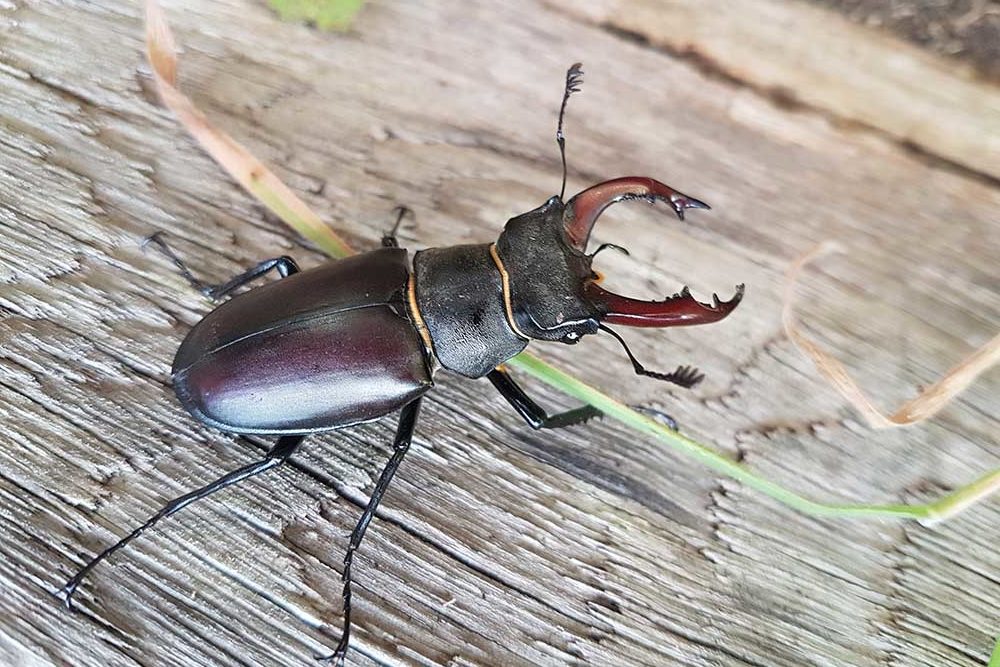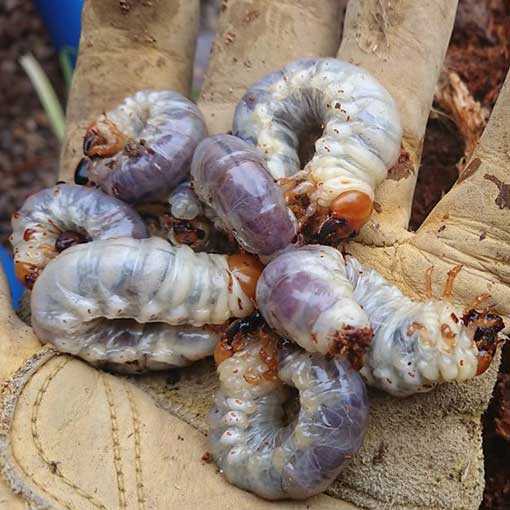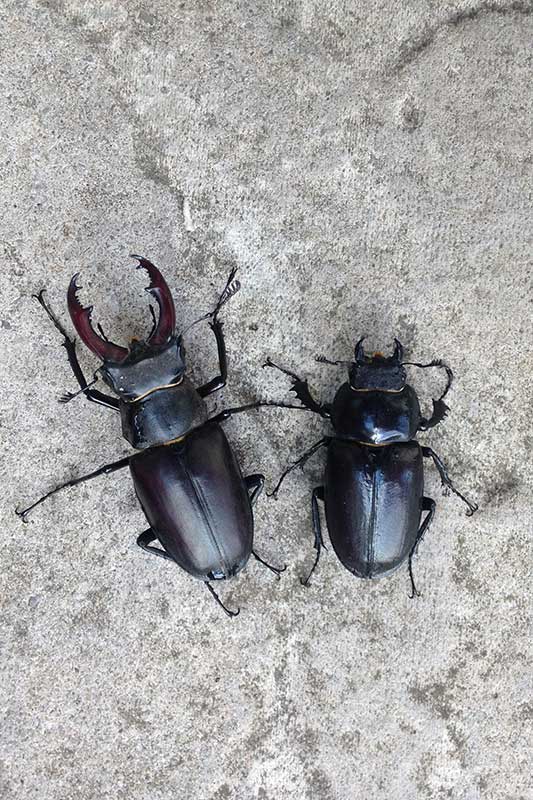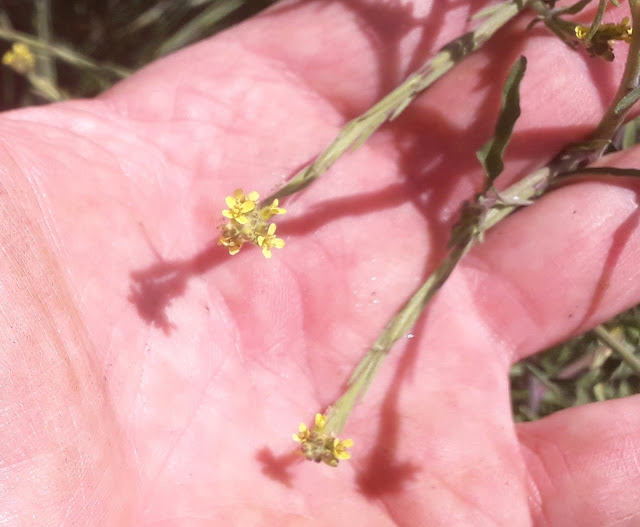Sorry to hassle you with an extra blog but I just heard on the radio that PTES (The People's Trust for Endangered Species) have declared this weekend to be 'Stag (Beetle) Weekend'. This is the time of year when they may be seen flying about (harmlessly) on a warm evening.
This is our biggest beetle but is dying out, largely due to the general tidying up of dead wood, which is essential for their larvae.
The larvae or grubs live underground eating dead wood for three years or so but the adults live little more than three weeks. In that time the males wrestle each other with their 'antlers' to impress the smaller females.
After mating and laying eggs in more rotting wood, that's it. All gone by August.
Check this link to visit the PTES web page.



















































